12+ SAMPLE Corporate Report
-

Corporate Bond Market Report
download now -
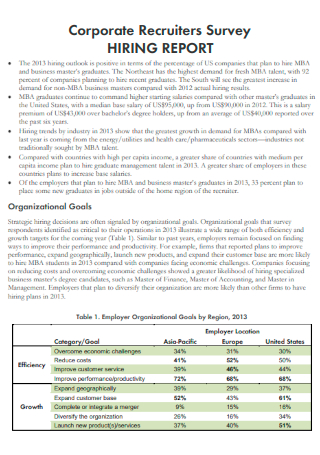
Corporate Recruiters Survey Hiring Report
download now -
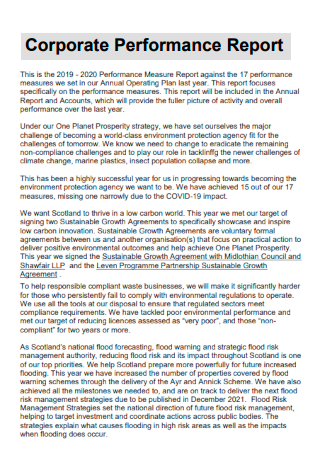
Corporate Performance Report
download now -
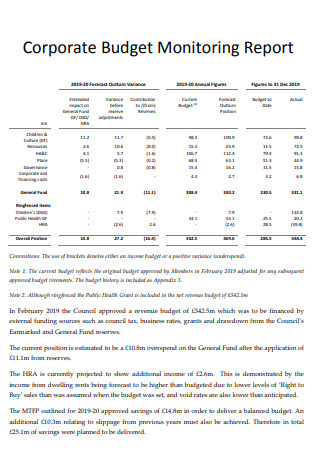
Corporate Budget Monitoring Reports
download now -
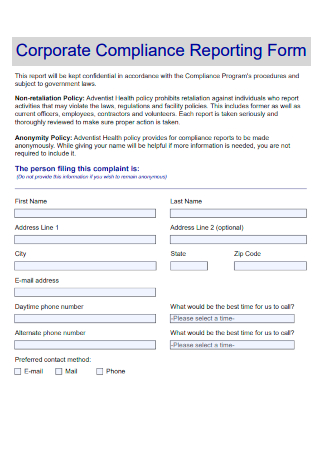
Corporate Compliance Reporting Form
download now -
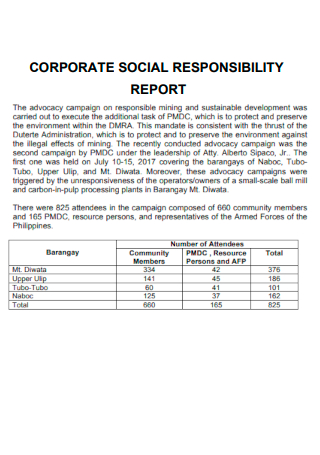
Corporate Social Responsibility Report
download now -
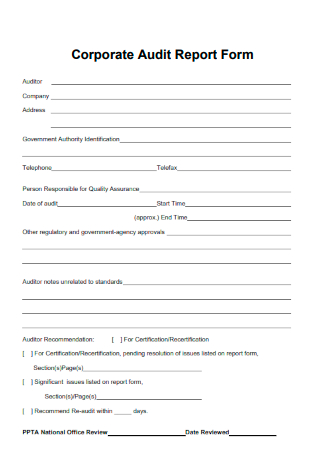
Corporate Audit Report Form
download now -
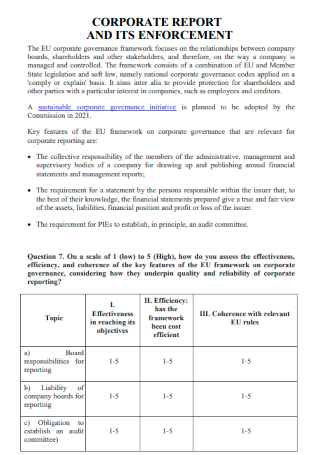
Corporate Report and Enforcement
download now -

Corporate Internship Report
download now -
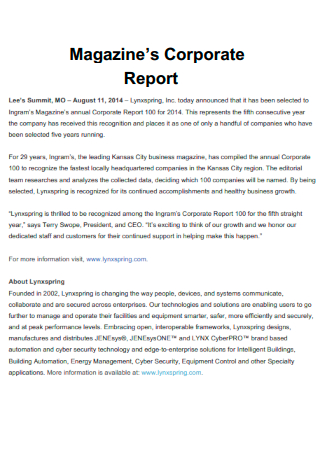
Magazine’s Corporate Report
download now -
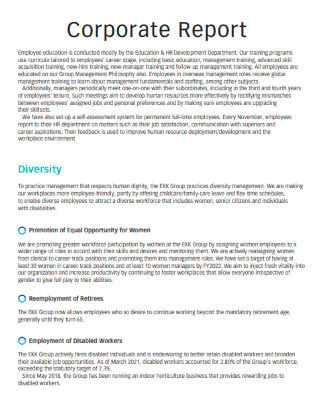
Sample Corporate Report
download now -
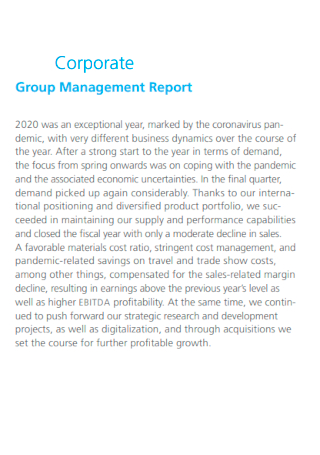
Corporate Group Management Report
download now -

Reports on the Future of Corporate Reporting
download now
FREE Corporate Report s to Download
12+ SAMPLE Corporate Report
What is a Corporate Report?
Different Types of Corporate Reports
Basic Elements of a Corporate Report
How to Write a Corporate Report
FAQs
What are some examples of corporate reports?
What are the benefits of writing a corporate report?
What are the significant steps in writing a corporate report?
What are the key principles of corporate reporting?
What is a Corporate Report?
A corporate report is a document written by the management professionals in various corporations and organizations that outlines the key points or highlights to communicate a clear-cut picture of a company’s performance and position to interested external parties. Some examples of a corporate report are annual reports, financial statements sustainability, corporate social responsibility, and interim reports. This is an essential tool that many management professionals use in order to form a crucial source of information concerning a business for its stakeholders, helping businesses access equity, debt, and trade finance and influencing a firm’s share price, assisting with contracting with customers and helping with recruiting and retaining employees.
According to a statistical report, having a corporate culture that attracts high-talent can lead to 33% higher revenue. The major portion of this comes from hiring capable and highly-skilled managers, which leads to 27% higher revenue per employee. Employees and other working professionals in various businesses and corporate firms who have unique competencies and proficiencies in their field are important in increasing Thus, all novices or beginners, and professionals in corporate management should learn well on how to write a well-organized corporate report.
Different Types of Corporate Reports
Pauline Weetman, Ioannis Tsalavoutas and Paul Gordon wrote in International Corporate Reporting: Global and Diverse that corporate reporting is a collective description of the components of the annual reporting process of business firms and companies as it comprises of accounting (accounting regulations, standards, and guidance, accounting practice with financial statements and financial reporting and non-financial reporting) and assurance (auditing and corporate governance). In this section, you will know and understand more about the different types of corporate reports. Read the following details below:
1. Corporate Bond Market Report
When a company issued a debt in order for it to build up capital, this means the company has a corporate bond. Usually, investors acquire corporate bonds to lend money to some companies in return for a series of interest payments, and they tend to add more corporate bonds and fewer risky investments so that they can safeguard their accumulated capital over a lifetime. Also, these corporate bonds may also be used for actively trading on the secondary market. When selling corporate bonds, a corporate issuer commonly enlist the help of an investment bank to underwrite and market the bond being offered to the investors. Senior bonds, subordinated bonds, investment grade bonds, high-yield bonds, and convertible bonds are some examples of corporate bonds. Writing a corporate bond market report is important to clearly state the current status and condition of the corporate bond market in a specific area. For example, indicate that the corporate bond market reached new record levels in 2020 despite increased market volatility due to COVID-19.
2. Corporate Performance Report
Do you need to document important details that focus specifically on the business performance measures? You need to write a corporate performance report as it includes the annual report and accounts, providing the fuller picture of activity and overall performance over the last year. When you prepare this document, emphasize the purpose and goal of your corporate firm and tell the readers of your report if your company has a successful or unsuccessful year especially during the COVID-19 pandemic. Describe how your company achieved some of the primary goals and objectives throughout the year. Also, include other issues and concerns that your company overcame in that time period.
3. Corporate Budget Monitoring Report
Also known as a corporate financial report, a corporate budget monitoring report is a business document which gives stakeholders an accurate depiction of a company’s finances including their expenses, revenues, capital, profits, and cash flow. These records are very crucial in terms of providing in-depth insights into financial information. By preparing and presenting this report, it allows the stakeholders to know and understand the overall health of a company. Income statement, balance sheet, and cash flow statement are some of the most common types of corporate financial budget reports. What are the notable benefits of corporate financial budget reporting? The notable benefits of corporate financial budget reporting are improved debt management, trend identification, real-time tracking, liabilities, progress and compliance, cash flow, and communication and data access.
4. Corporate Social Responsibility Report
A statistical report revealed that 90 percent of companies on the S&P 500 index published CSR reports in 2019—up from 86 percent in 2018, 75 percent in 2014, and only 20 percent in 2011. A corporate social responsibility (CSR) report is an internal- and external-facing document companies utilize to communicate CSR efforts and their impact on the environment and the community. Through this report, a corporate firm can communicate its key mission, efforts, and outcomes to external and internal stakeholders, as well as to employees, decision-makers, and shareholders including customers, the local community, and the society at large.
Basic Elements of a Corporate Report
In this section, you will learn how to create a remarkably written and comprehensive corporate report based on a professional corporate report format. However, a corporate report has different features. Include the following elements for you to create an impressive document:
How to Write a Corporate Report
Zvika Krieger, Head of Technology Policy and Partnerships, Center for the Fourth Industrial Revolution, World Economic Forum said: “Companies that take a long-term view and consider a wide range of stakeholders — such as customers, employees, partners, the environment, and the communities in which we serve — have been shown to be more sustainable, innovative, and profitable. This need for the CEO to navigate through these new moral and ethical questions, and to take responsibility for the societal impacts of these technologies, isn’t just about corporate social responsibility anymore. It’s about the core business interests of these companies.” A well-structured report is not only clear; its logic and aesthetic are also seen. Below are some easy-to-follow tips that indicate how to design and write a professional corporate report:
1: Design an Appealing Company Profile
Develop a compelling summary of your business by listing down and describing the main products or services, mission and vision, the board of directors and other company officers, the investor profile, competitor profiles, and opportunities and risks. Simply provide new, current or potential investors and stakeholders the fundamental information needed so that they are able to analyze and understand your business and industry. There are numerous ways on how you can effectively design an appealing company profile. Decide if you want to tell a story, keep things brief, add visual appeal, use white space, go beyond your product or service, and many other ways.
2: Provide Major Financial Statements, and Operational Business Highlights
The next step is including an all-inclusive data and analysis of your company’s operations and financial performance. Include some of your company’s income statement, cash flow statement, balance sheet and statement to shareholders. Compile these reports and other financial records so that you can connect them with your corporate report. After that, choose what operational business highlights you want to showcase on your report. You may include the launch of new products or services, the opening of new facilities, the major contracts or partnerships, news about mergers and acquisitions, and revenue growth rate.
3: Include a Comprehensive Discussion and In-depth Analysis of the Corporate Management
This section offers you and your corporate management team the opportunity to demonstrate a clear internal analysis of financial performance and statements. It usually contains details on the major issues that your company faces which includes compliance with laws or regulations, systems and controls, and new or emerging risks.
4: Proofread and Revise the Corporate Report
Review your overall corporate report and check if you fully specify all the crucial factors in your corporate report as instructed by the managers and executives of your corporate firm or organization. If you notice that you miss some sections that need additional points, we suggest that you edit and revise the document consciously.
5: Prepare the Final Corporate Report
After the proofreading and revision process, you can now prepare the final corporate report. Add some essential notes and other messages you want to inform your managers, executives and the corporate management on the last part of your document. Skim your corporate report for final evaluation and quality check.
FAQs
What are some examples of corporate reports?
Some examples of corporate reports are corporate bond market report, corporate recruiters survey hiring report, corporate performance report, corporate budget monitoring reports, corporate compliance reporting form, corporate social responsibility report, corporate audit report form, corporate internship report, magazine’s corporate report, corporate group management report, corporate market analysis report and corporate summary report.
What are the benefits of writing a corporate report?
The benefits of writing a corporate report is to demonstrate a well-detailed picture of a company’s performance and position to interested external parties. Doing this can also improve the management systems, internal processes and establish realistic goals. The information provided in the corporate report also provides investors and investment analysts with information that could affect the decision of an investor whether to buy a company’s stock or bonds.
What are the significant steps in writing a corporate report?
When you write your corporate report, write an executive summary or overview paragraph of the annual corporate achievements. Then, design the profile of the company by defining its mission and vision, and main goals and desired outcomes. Include important financial statements of the company. After that, explain the discussion and analysis of the corporate management.
What are the key principles of corporate reporting?
The key principles of corporate reporting are relevance and materiality, completeness, reliability, comparability, verifiability, timeliness, and understandability. Relevant information in the report is vital because it is capable of making a difference to the decisions formulated by the users of the report. Materiality is a measure of the relevance specific for the reporting entity. Completeness is essential in the report as it allows a user to discern the position, performance, and appropriateness of the reporting prospects. Reliability is an element that helps users to be able to rely on the information written in the report. Comparability is when the users want to understand the similarities and differences between teams and between reporting entities.
Carol Adams said: “An integrated report should include a statement from those charged with corporate governance that includes an acknowledgement of their responsibility to ensure the integrity of the integrated report, an acknowledgement that they have applied their collective mind to the preparation and presentation of the integrated report, and their opinion or conclusion about whether the integrated report is presented in accordance with a specific framework.” Corporate managers and other key individuals designated in corporate management of their companies and organizations need to be skilled in writing corporate reports. So, here are some of our downloadable and printable corporate report samples, corporate bond market report, corporate performance report, corporate group management report, and other corporate reports available in PDF format. Simply click our sample corporate reports in this article and start downloading now!
